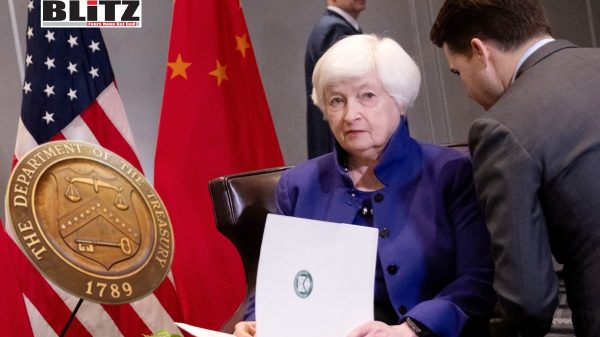Continued tight financial conditions in America and the euro
- Update Time : Sunday, June 4, 2023

Financial conditions in advanced economies have reached their most severe level of tightening since the outbreak of the COVID-19 pandemic. The Financial Conditions Index is a good guide in this regard, as it provides information on short- and long-term interest rates and credit spreads, and thus it summarizes the costs of credit in the financial system. This indicator began to rise at a steady pace in early 2022, and has remained high since the end of last year.
Besides rising credit costs, the availability of credit has become increasingly limited, and the lending conditions applied by commercial banks in the US and the eurozone have become more stringent since the second half of last year. In the eurozone, the pace of tightening has reached its highest level since the sovereign debt crisis of 2011.
And the QNB Group weekly report adds: This leads to an increase in the rates of rejection of loan applications, and a decrease in the volume of credit granted to companies and families.
In our view, the tightening financial conditions in terms of rising credit costs and availability will continue into next year. In this article, we will discuss the three main factors that support our analysis.
First, the central banks of the US and the eurozone will not back down from interest rate hikes in the near future. In the US, the Federal Reserve has raised key interest rates by 500 basis points so far since March last year, while the European Central Bank has raised key rates by 375 basis points since June. However, measures of core inflation remain elevated, and labor market stresses remain.
Second, central banks are reversing the balance-sheet expansion measures taken during the COVID-19 pandemic, which will further constrain credit. These programs provided monetary support through a group of asset purchase programs and credit facilities, which were launched to enhance credit flows and conduct financial markets. In the Eurozone, July 2022 saw the end of the ECB’s net asset purchases, and in March 2023 policy shifted from full reinvestment to partial reinvestment of principal amounts after recoveries.
Third, the collapse of 3 regional banks in the US (Silicon Valley, Signature and First Republic) and Credit Suisse in Europe raised concerns about the strength of financial institutions and caused deposits to drain. In the US, bank deposits are moving significantly from banks to money market funds in search of the safety and returns offered by Treasuries.

















